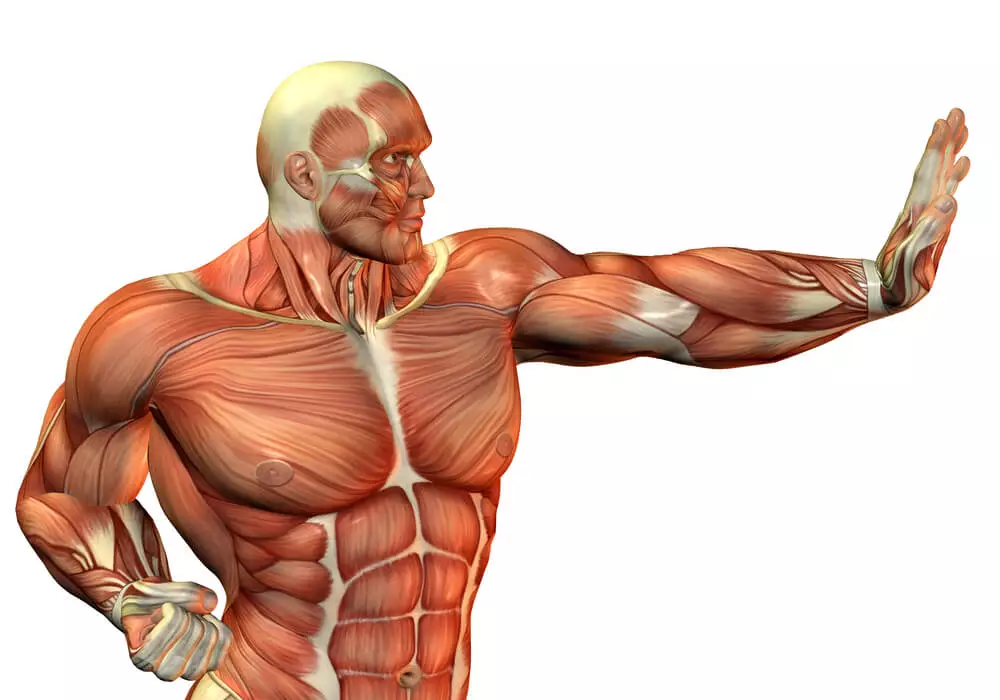Muscle Physiology
Human muscles (Muscle Physiology) can be divided into three categories, namely Smooth Muscle, Heart Muscle, and Skeletal Muscle. Each has different characteristics and functions.
Smooth muscle exists in internal organs other than the heart, such as the gastrointestinal tract, urinary tract, respiratory tract, and reproductive system ducts. This type of muscle not only has its special shape under the microscope, but it is not affected by individuals in most cases.
Muscle Physiology is controlled by the subjective consciousness of the subject but is regulated by the internal nervous system’s autonomic nervous system and the hormones in the blood.
The heart Muscle
Is limited to the heart cavity. It is also not subject to subjective consciousness. It beats regularly to form a heartbeat; the heartbeat goes on every minute of the human body’s survival. The origin of this rhythm comes from a group of special and specialized cardiomyopathy in the right atrium, which is medically called Pacemaker.
Pacemaker cells will alternate with the concentration of sodium and potassium and other electrolytes inside and outside the cell, forming a pulsed current. These currents then spread to other parts of the heart muscle through special conducting tissues in the heart muscle.
Due to the abnormally fast transmission speed of the current in the heart, the myocardium in the two chambers of the left and right ventricles receives nerve impulse signals at almost the same time, thus generating a consistent contraction and pumping the blood in the ventricle forcefully and effectively.
The two chambers of the left and right atrium pulsate together when the next nerve impulse arrives. After the pulsation, the myocardium is relaxed for a very short time, and then a new round of pulsation cycle is performed.
Skeletal Muscle
that the time, amplitude and intensity of contraction can be controlled by personal consciousness, and the size of this type of muscle can vary significantly with the degree of training and use; other factors that affect muscle size include Genetic factors, nutrition, hormones, etc.
The function of skeletal muscle is to complete the movements of the human body by contracting the movement of the bone to which it is attached. According to the speed of muscle fiber contraction, skeletal muscle can be divided into fast muscle and slow muscle.
Slow muscle is the so-called red muscle. Because of its rich distribution of microvessels, there are fewer glycogen and mitochondria in muscle cells, so it mainly relies on the energy generated by aerobic respiratory metabolism to provide muscle contraction. The contraction speed of these muscles is slow and explosive, but they can last longer and are not prone to fatigue. It is the main muscle group for daily life activities.
Fast muscles are also called white muscles. There are more glycogen and mitochondria in the muscle cells, but the microvessels are relatively scarce. It mainly uses the energy generated by anaerobic respiratory metabolism to perform contractile activities, so it can be used in a short time.
Moving fast inside produces a huge explosive force, but it is more prone to fatigue and impatience. This type of muscle is commonly used in sprinting, long jumps, weight lifting, and putting shots. In daily life sports, it is specifically used for delicate and sensitive sports, such as hand muscles and eye muscles.
Exercise physiology-anatomy of muscle structure
To understand the structure of muscles, it is necessary to clarify the definition and function of abdominal muscles, muscle fibers, tendons, etc.
The main body of the muscle is the abdomen, which is where the muscle fibers are located. The length of muscle fibers can be from a few millimeters to tens of centimeters. The longer the muscle fiber, the greater the contraction length during contraction, and the more likely it is to perform rapid movements.
The length of muscle fibers will determine the speed of muscle contraction, and the number is related to the strength of muscle strength.
Since the muscle force generated per unit cross-sectional area is nearly fixed, the magnitude of the muscle force is proportional to its cross-sectional area.
The size and direction of muscle strength are also closely related to the arrangement of muscle fibers. Muscles are arranged in parallel, single-wing, double-wing, multi-wing, and ring shapes.
- Parallel type: Muscle fibers are mainly based on the rate of muscle contraction, such as the sartorius muscle in front of the thigh.
- Multi-wing type: Muscles have a relatively tight and tight arrangement of muscle fibers. When these fibers contract together, the power generated is quite significant, so it mainly reflects the strength of muscles. This type of muscle has deltoid muscles at the shoulder Wait.
Both ends of muscle fibers are tendons. The tendon is attached to the bone, providing a focus for muscle contraction. Unlike muscle fibers, tendons are mainly composed of connective tissue fibers without contraction function, the role is to provide support and fixation of muscle fibers. It is bright and conspicuous pale white, in sharp contrast with the dark bloody muscles.











